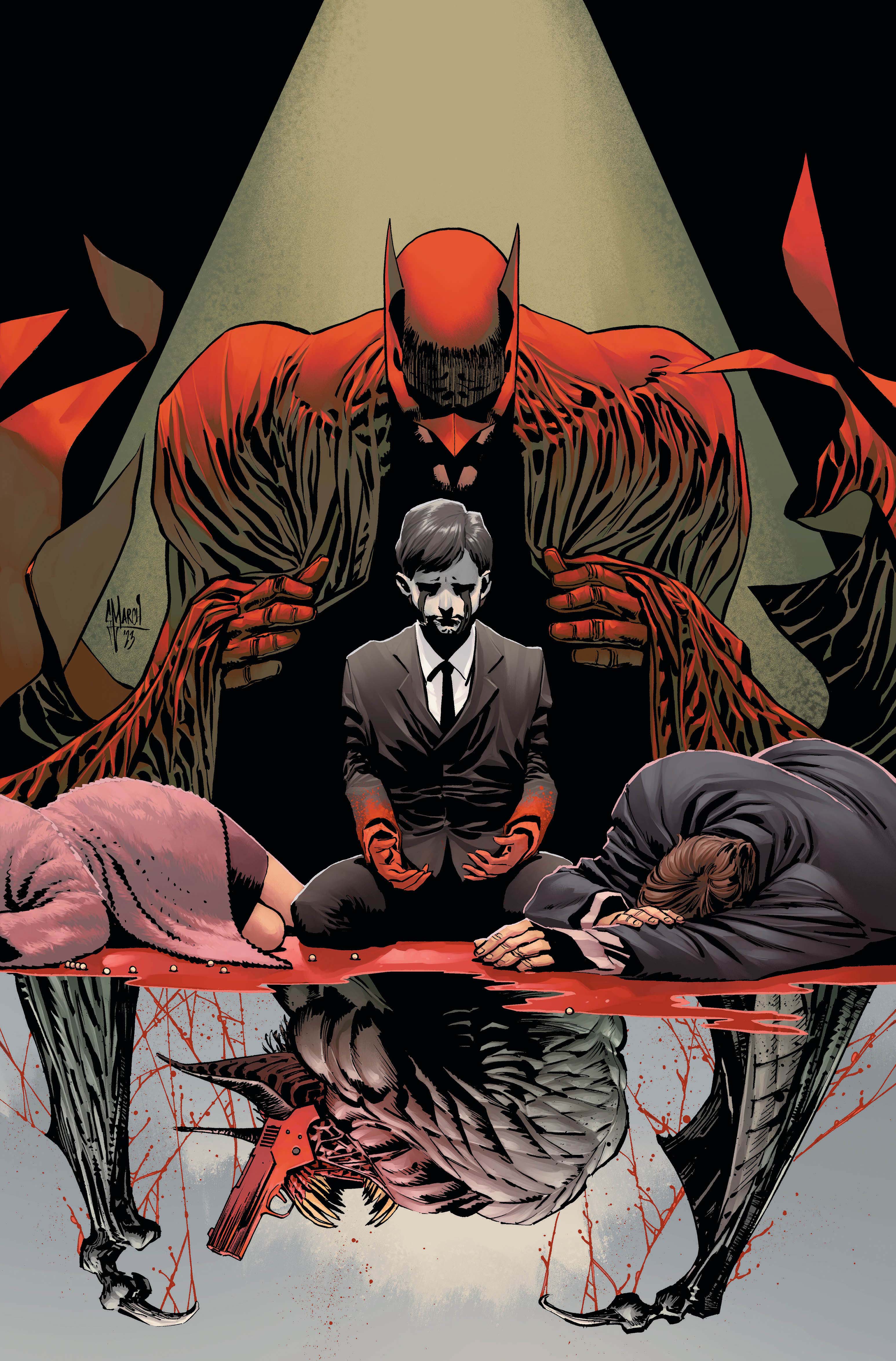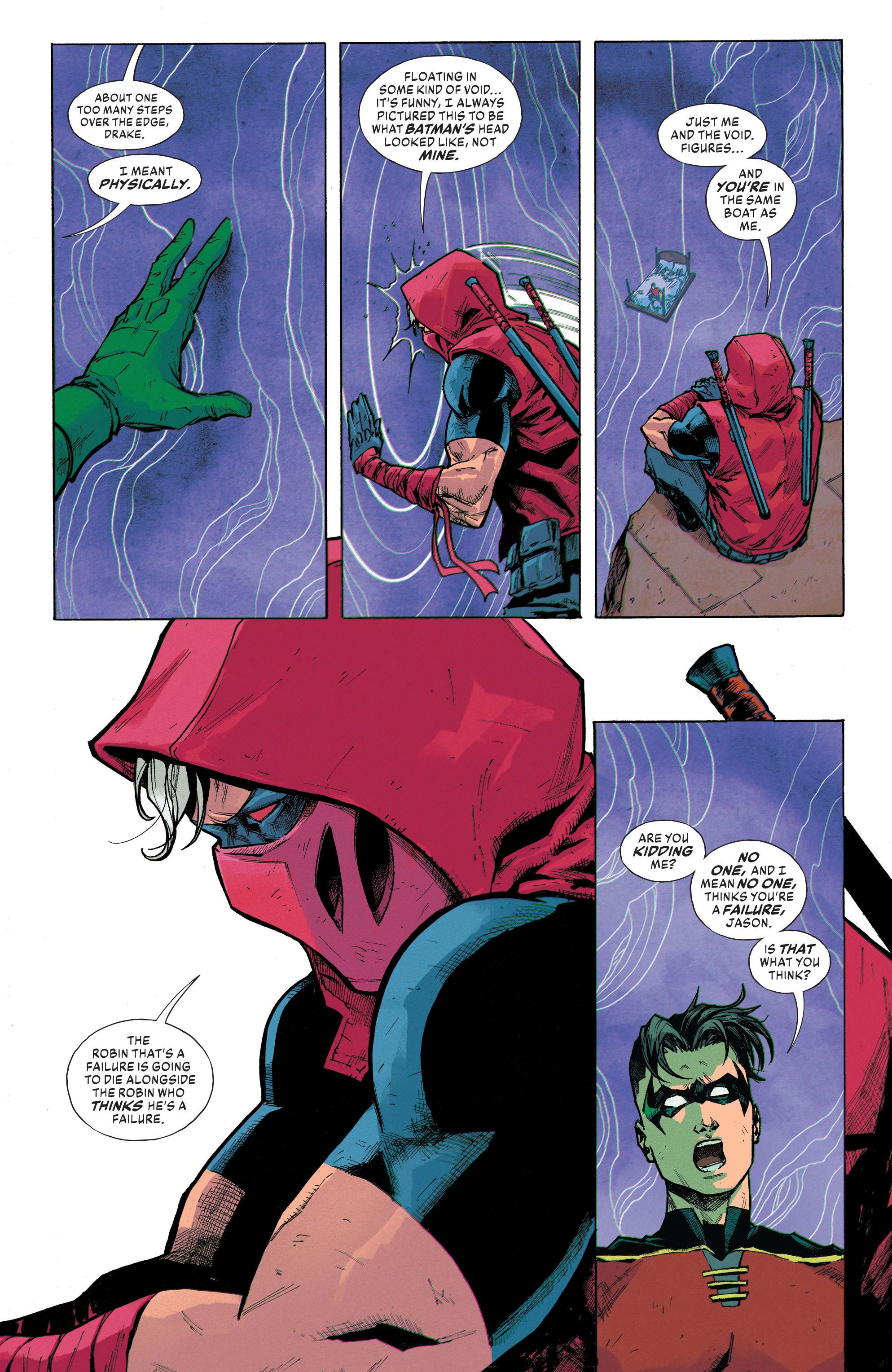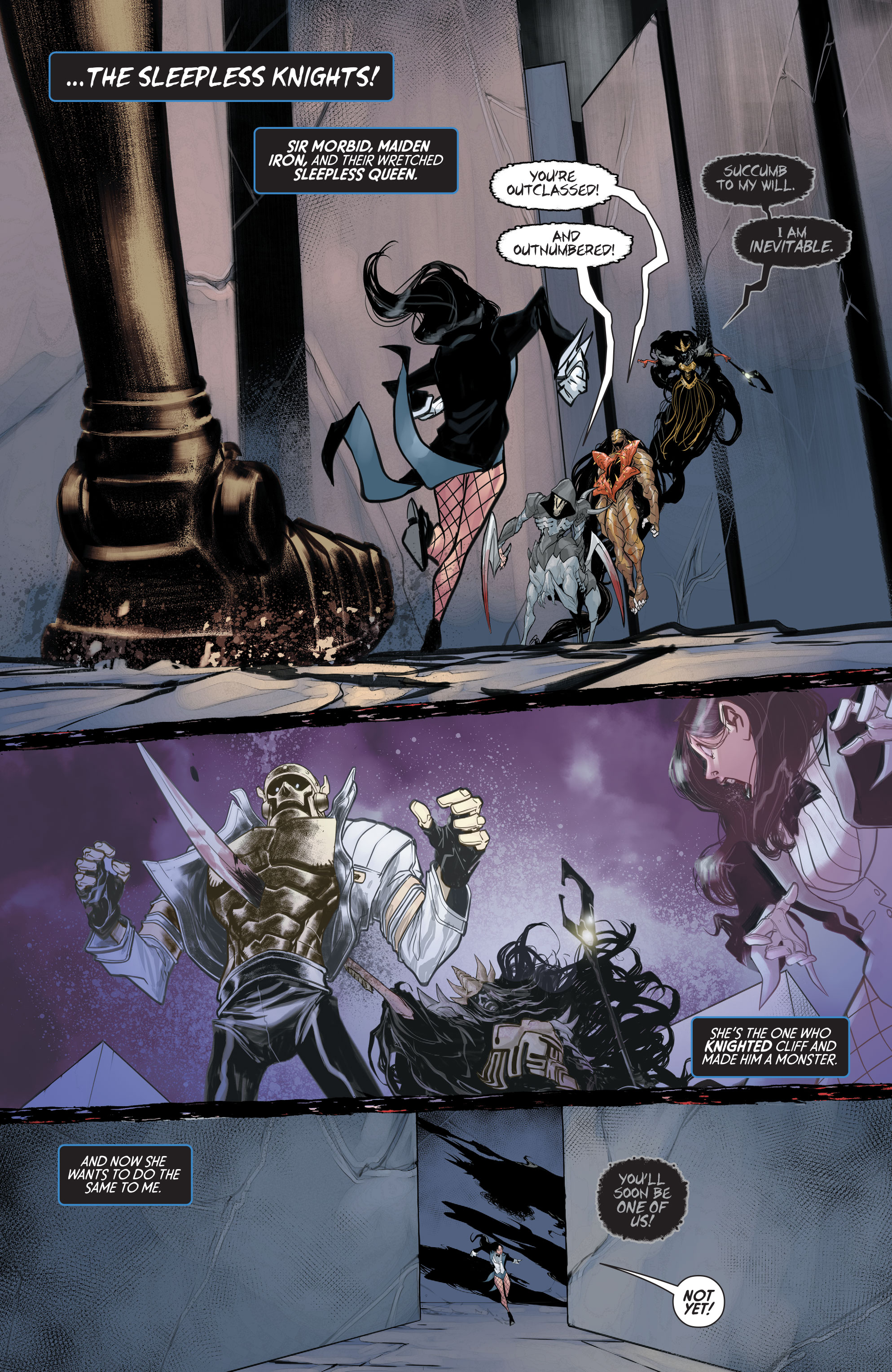Knight Terrors is turning into a therapy session for the DC universe
Opinion | The heroes are working through some things

We've been paying close attention to DC's sprawling horror-themed Knight Terrors event as it's played out over the last couple of months. The main book by Joshua Williamson and Giuseppe Camuncoli opened with an attention-grabbing first issue, but the meat of the action has taken place in the 20 spin-off books themed around the big name heroes and villains of the DC universe.
In these two-issue miniseries, DC's headline characters have found themselves trapped in their own nightmares by villain Insomnia. With so many books they've unsurprisingly been a bit of a mixed bag, but a lot of them - Green Lantern, The Joker, and Poison Ivy particularly - have been fun and intriguing.
What they've perhaps not done a great job at is convincing us that Insomnia is as big a threat as he's clearly meant to be. Fair warning that you'll find spoilers for the end of Knight Terrors: Batman, Zatanna, Green Lantern, The Flash, and Robin after this nice picture of sad Bruce Wayne.

As the miniseries are coming to an end this month we're seeing variations on the same theme: Insomnia and his Sleepless Knights being repeatedly defeated as the heroes break out of their respective dream states.
That's inevitable of course - the heroes have to win, at least on some level, to move the story along, but it doesn't do much for making this new big bad feel very threatening.
Instead, what's been interesting about these books is how collectively they've acted as a kind of therapy session for the heroes of the DC universe. Insomnia is searching their dreams for the Nightmare Stone, and trying to grind them down in the process. Instead, a lot of the heroes come out of this seeming more at peace with themselves than they were before.

We talked last week about how Knight Terrors: Batman revisited the Dark Knight's origin story for the nth time. It ended on a moment of acceptance where the young Bruce and the adult Batman were able to finally integrate and come to terms with their past trauma and find hope for their future.
Get the best comic news, insights, opinions, analysis and more!
We see similar moments in several of this week's releases. At the end of Knight Terrors: Green Lantern #2, Hal Jordan turns the moments where he might have felt guilt and terror back on a manifestation of Parallax, constructing a chainsaw with which to hack up his spectral enemy in the process.

Knight Terrors: Robin #2 sees Tim Drake and Jason Todd confront their feelings of insecurity ("the Robin that's a failure is going to die alongside the Robin who thinks he's a failure," as Todd puts it at one point) and both manage to boost the other's morale until they are able to break free from their dream states.
In the real world, meanwhile, magician Zatanna confronts her self-doubt and worries that her father would disapprove of the path she has taken in life, spinning all the negativity back on the Sleepless Knights in time for a triumphant finale, saving Robotman in the process.

That's not to say that all the books end the same way. The Joker simply woke from his nightmare last week, and in Knight Terrors: The Flash #2 Barry is fully immersed in his dream state until Wally West is able to pull him out of it.
Still, you can't help but think that Insomnia's grand plan to make the world "finally see superheroes the way that I see them, not as heroes, but as horror" hasn't quite gone the way he planned...
All the above mentioned issues are available now from DC. The saga concludes later this month with Knight Terrors: Night's End, which publishes on August 29.
Find out more about Knight Terrors: Green Lantern in our interview with writers Jeremy Adams and Alex Segura.

Will Salmon is the Streaming Editor for GamesRadar+. He has been writing about film, TV, comics, and music for more than 15 years, which is quite a long time if you stop and think about it. At Future he launched the scary movie magazine Horrorville, relaunched Comic Heroes, and has written for every issue of SFX magazine for well over a decade. His music writing has appeared in The Quietus, MOJO, Electronic Sound, Clash, and loads of other places too.


